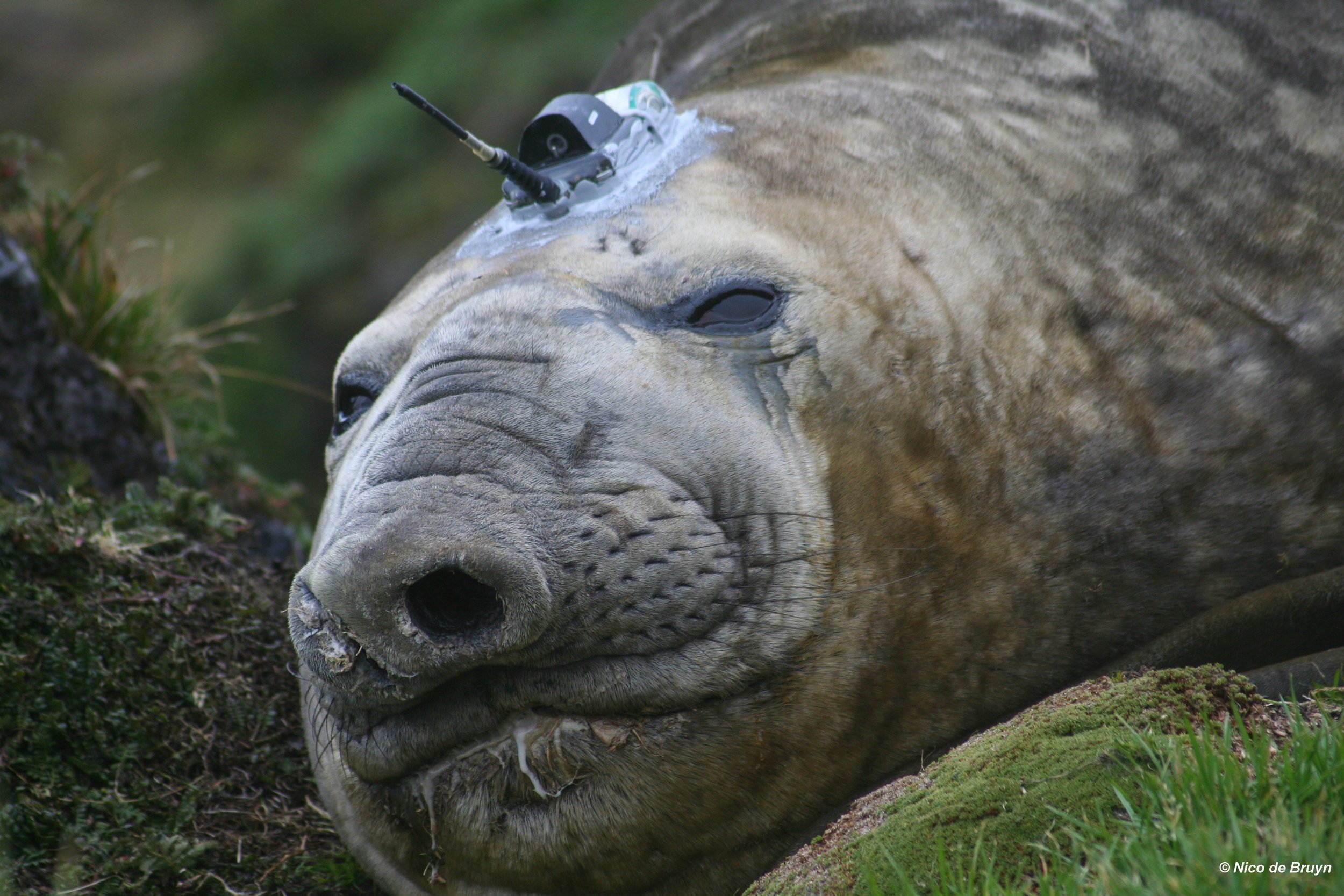Science for the birds? And seals to be exact. Identifying hotspots for conservation in the Tristan da Cunha territory
/PHOTO CREDIT: dr MIA WEGE
The Tristan da Cunha territory in the South Atlantic Ocean consists of remote oceanic islands home to unique biodiversity. Both Gough and Inaccessible islands are World UNESCO heritage sites (https://whc.unesco.org/en/list/740) due to their pristine conditions, high diversity and levels of endemism. The seabirds and seal species, several of which are endemic and globally threatened, rely on these islands for essential breeding grounds, but also on the rich surrounding ocean waters for food.
Tristan da Cunha island is also home to the most remote community of people in the world, and this British Overseas Territory relies heavily on crayfish fisheries as its main income. Sustainable fisheries and healthy ecosystems are therefore critical to the survival of both the Tristan da Cunha island community and its unique fauna and flora.
Unfortunately, there are illegal, unregulated and unreported (IUU) fishing activities occurring in the Tristan da Cunha Exclusive Economic Zone (EEZ), which threaten both the livelihoods of the island inhabitants and the sensitive biodiversity. The Tristan da Cunha government is in the process of establishing a marine protection regime for its entire EEZ: an area larger than 750 000 km². This provides the Tristan Government with a unique opportunity to establish a conservation area in one of the most important and pristine marine ecosystems.
Overlap of marine multi-species hotspots within the Exclusive Economic Zone (EEZ) of Tristan da Cunha identified from tracking data of nine seabird and one fur seal species collected between 2000 and 2018. Shading indicates in how many seasons an area was identified as a hotspot (Figure 3, Requena et al. 2020)
In a recent paper involving MIMMP’s Prof Marthán Bester and Dr Mia Wege, tracking data from nine seabirds and one seal species around the Tristan da Cunha territory was used to identify areas of concentrated animal activity around the islands. Using a simple and effective approach by calculating “hotspots” – areas where the most species spend the majority of their time foraging – this study found that most hotspots occurred either within 100 km of breeding colonies or were associated with seamounts. These results were also spatially constant across several seasons.
This paper provides spatially explicit information on where the region’s biodiversity concentrates and can help inform the design of a marine protection regime and future fishing authorizations. Such ecological information can also be combined with economic assessments of the Tristan da Cunha EEZ to achieve conservation targets while permitting vital economic activity in the region.
Photo credit: dr mia wege
This study is particularly relevant in light of recent approvals for limited long-line and trawl fisheries on the very offshore seamounts where the marine top predators are shown to congregate, and the Tristan da Cunha Government’s aim to establishing a community-driven and science-led marine protection regime across the entire EEZ by 2020.
It is through cross-disciplinary, multi-national collaborative efforts like these that policy makers can use scientific evidence to prioritise the protection of strategic areas to benefit a multitude of species and whole ecosystems. In doing so, a balance can be struck between the ecological and economic importance of pelagic areas - information that benefits conservation planning and marine management, even in the most remote places on earth.




















